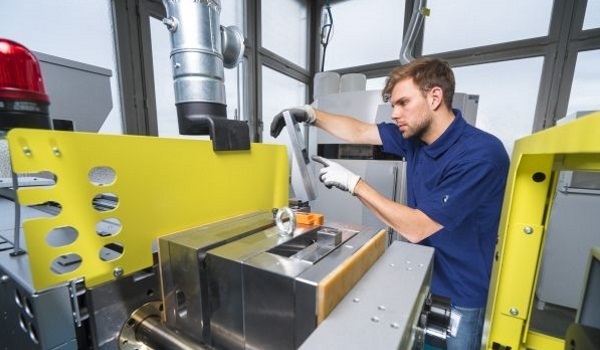BMW, the German automaker, recently celebrated 25 years of using the additive manufacturing technology. It further intends to expand its use in the manufacturing of its auto parts. It will use the HP’s Multi-Jet Fusion technology for manufacturing purposes. This will reduce their cost and time of production.
Rolls- Royce a subsidiary of the BMW has also been using the 3D printing technology, and it recently stated that its Phantom model has more than 10000 3D printed components. It includes holders for lights, lock buttons, parking brakes, sockets, and much more. Rolls-Royce has also introduced 3D printed mounting brackets for optic cable fibers in its Dawn luxury model.
Using additive manufacturing for these high-end cars has facilitated the faster production of prototypes and reduced the cost and time of production.
Udan Hanle, of the BMW group, said in a press release that additive manufacturing will be extensively used in the production of parts at BMW. They would also be incorporating 3D printing technology on a larger scale for the manufacturing of Rolls-Royce parts.
The auto giant is also adapting newer 3D printing technologies like the plantar printing process. The plantar printing process like the HP’s Multi-Jet Fusion Technology, further enhances the production, as compared to the usual 3D printing processes. This technology has combined print heads and liquid agents with infrared radiation, the 3D printing processes have become more advanced.
BMW will be using the plantar printing technology for series part production and manufacturing of customized parts.
Along with the HP printing process, BMW will incorporate other plantar printing methods like the Continous Liquid Interface Production (CLIP). CLIP will be used to make side indicators for its Drive-now car-sharing project. BMW has asked the Germans to vote and decide the 100 top names for MINIs. These names were then 3D printed using CLIP on the cars.
BMW continues to use additive manufacturing for its parts. It prints 25000 prototypes and 100000 3d printed parts every year and this figure continues to increase.
Source: 3ders.org
